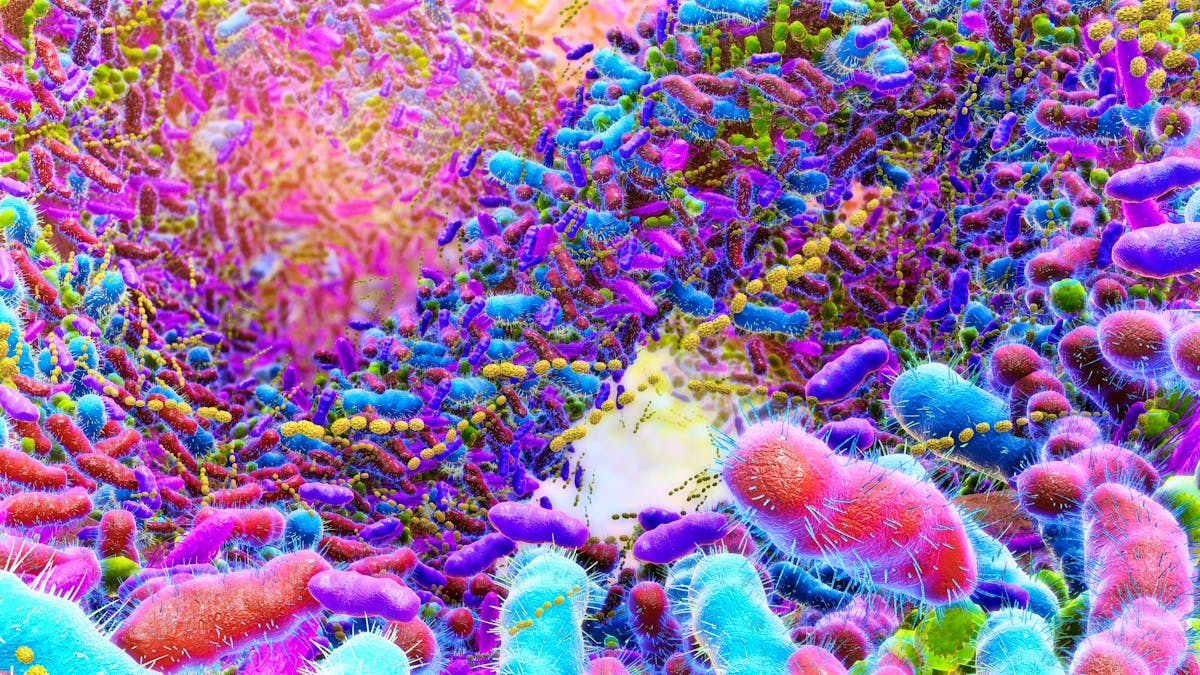Colorectal cancer is the second cause of cancer death in the world. Detected in time, it can be treated effectively. However, the cost and discomfort of colonoscopies – the diagnostic method usually used – often cause diagnostic delay. There are only few treatment options left. This underlines the importance of developing simpler and less invasive diagnostic tools, in particular in the face of an increase in cases still unexplained in young adults. This is what the University of Geneva (Unige) did.
The role of the intestinal microbiota in the development of colorectal cancer has been known for a long time. But going from basic research to medical practice remains complex. Indeed, different strains of the same bacterial species can have opposite effects, some favoring the disease and others playing no role.
“Instead of based on the analysis of the different species composing the microbiota, which is not detailed enough to grasp all the differences, or that of bacterial strains, which vary a lot from one individual to another, we have focused our research on an intermediate step of the microbiota, the subspecies”, explains Mirko Trajkovski, professor in the Department of Cellular Physiology and Metabolism Faculty of Medicine of Unige, which led this new research.
Helped by artificial intelligence
The first step was to analyze huge amounts of data. “As a bioinformatrician, the challenge was to offer an innovative approach to mass data analysis,” recalls Matija Trickovic, a doctoral student in the laboratory of Mirko Trajkovski and the first author of this work published in “Cell Host & Microbe”. Thanks to automatic learning algorithms, “we have succeeded in developing the first complete catalog of subspecies of the human intestinal microbiota, as well as a precise and effective method to exploit this mine of information for research and in the clinical framework.”
Scientists have developed a model capable of predicting the presence of colorectal cancer only from bacteria present in stool samples. “Even if we trusted our strategy, the results were amazing,” enthuses Matija Trickovic. “Our method detected 90% of cancers, a result very close to the 94% detection rate obtained by colonoscopy, and higher than all the current non -invasive detection methods.”
By integrating more clinical data, this model will still be able to gain precision and equal colonoscopy. It could become an inexpensive routine screening tool and facilitate early detection of colorectal cancer, which would then be confirmed by colonoscopy, but only in a limited number of patients.
Also useful for many diseases
A first clinical trial will start in collaboration with the University Hospitals of Geneva (HUG) in order to determine more precisely the stages and the cancerous lesions that this technology manages to detect.
However, possible applications go beyond colorectal cancer. By studying the differences between the subspecies of the same bacterial species, scientists can now identify the mechanisms of action by which the intestinal microbiota influences human health. “The same method may indeed make it possible to develop non -invasive diagnostic tools for many diseases from a single microbiota analysis,” concludes Mirko Trajkovski.

